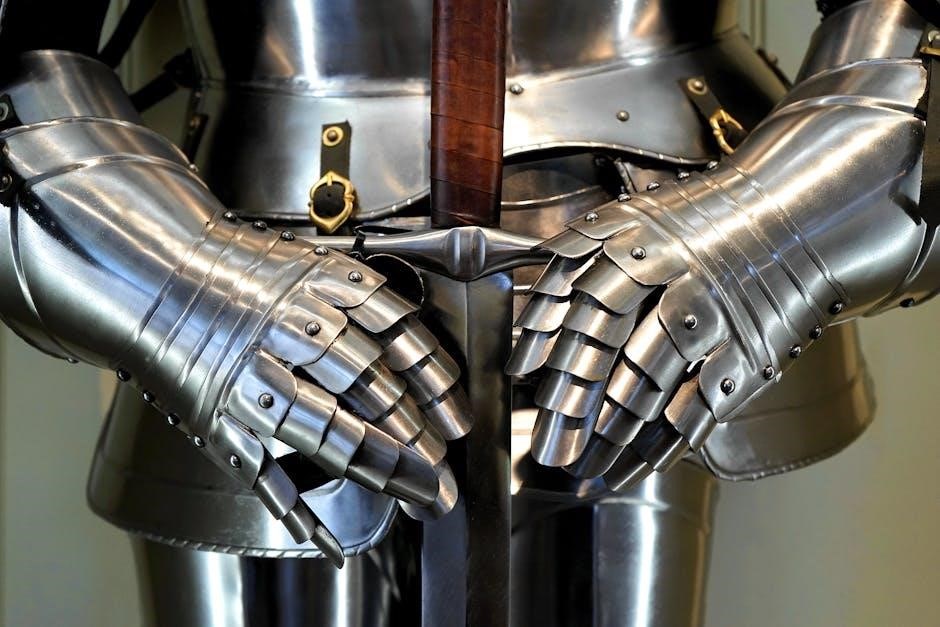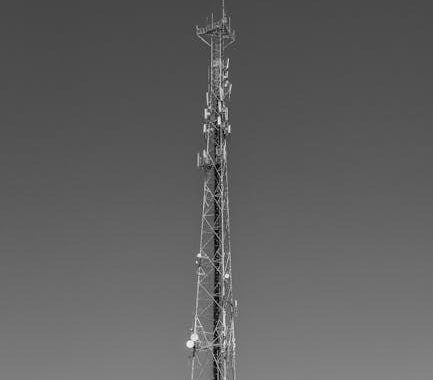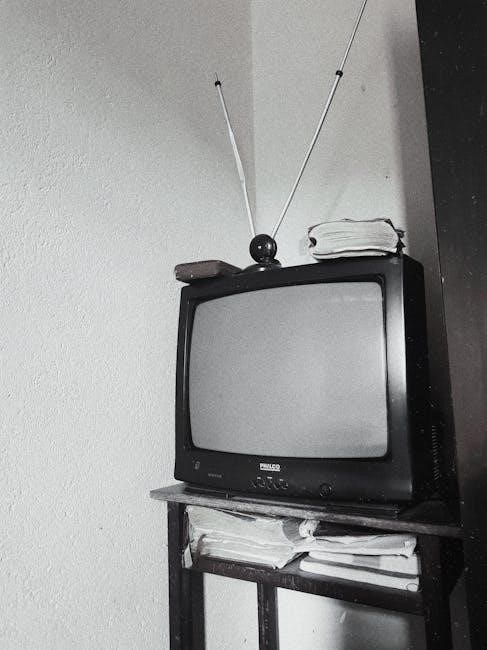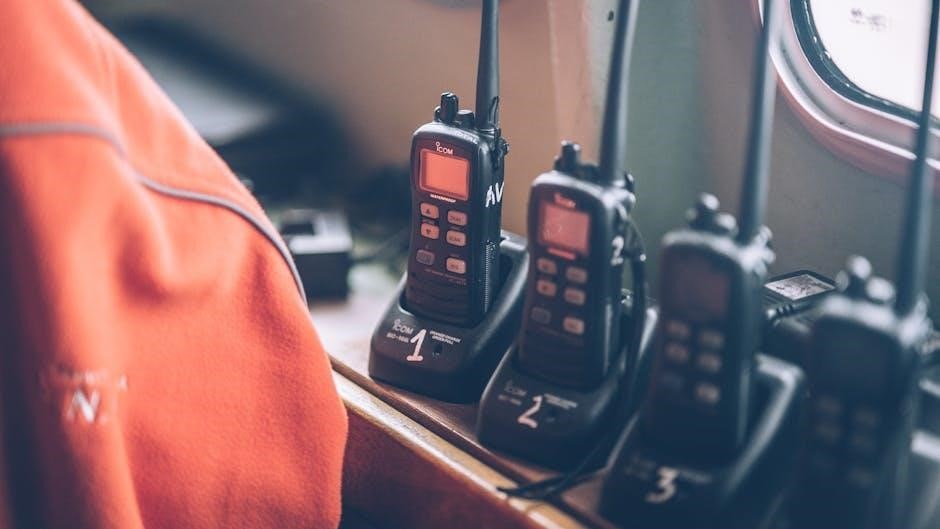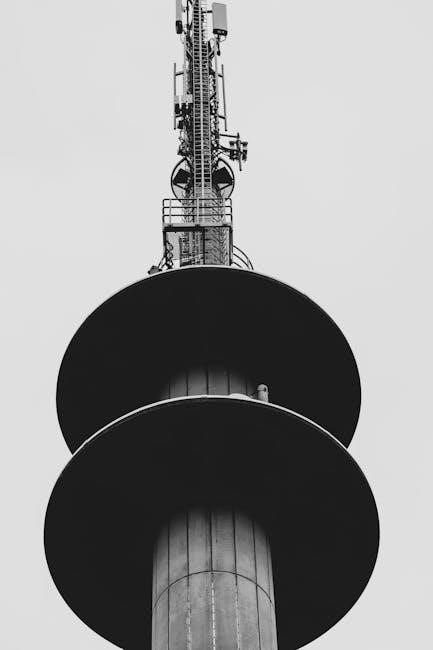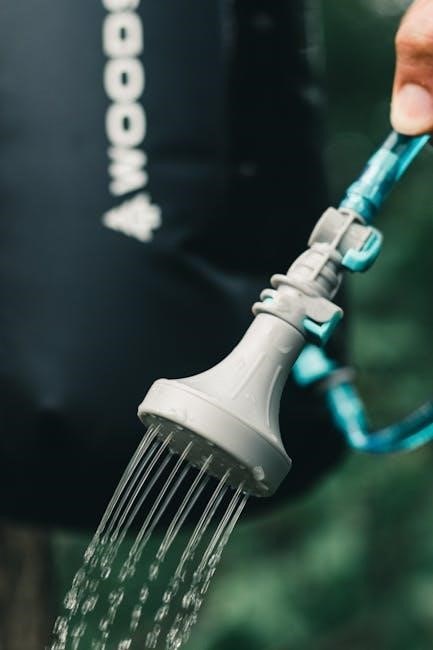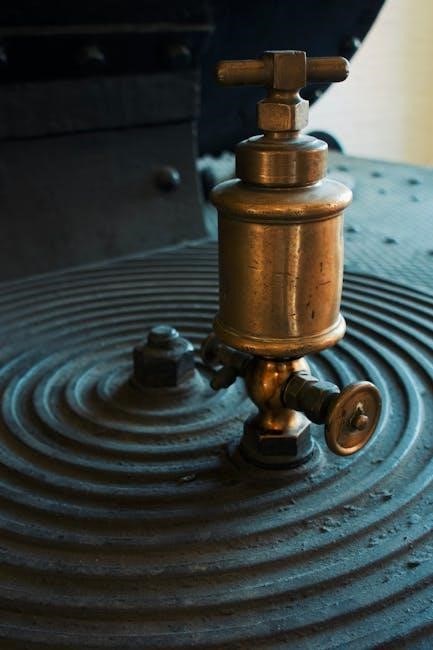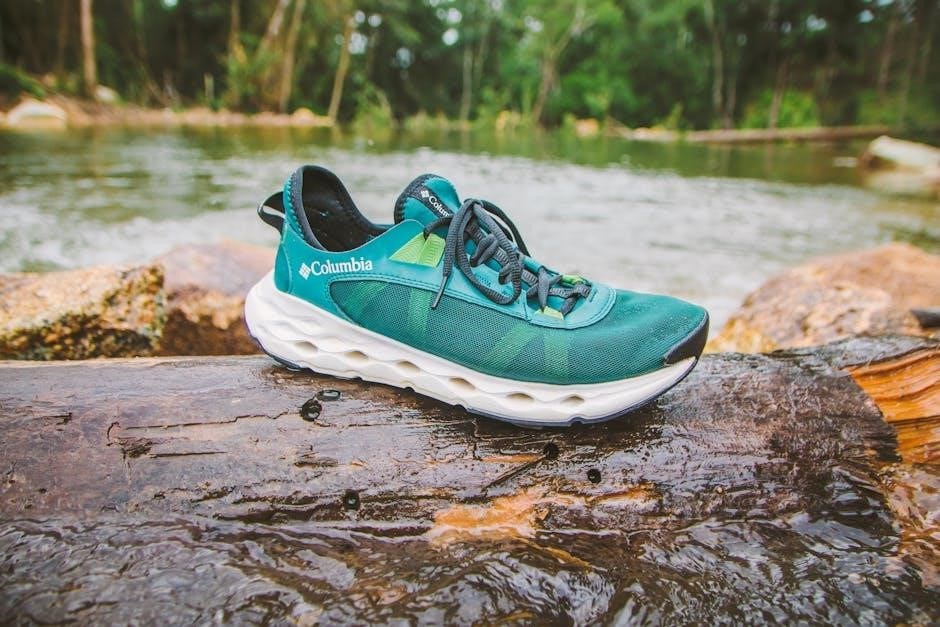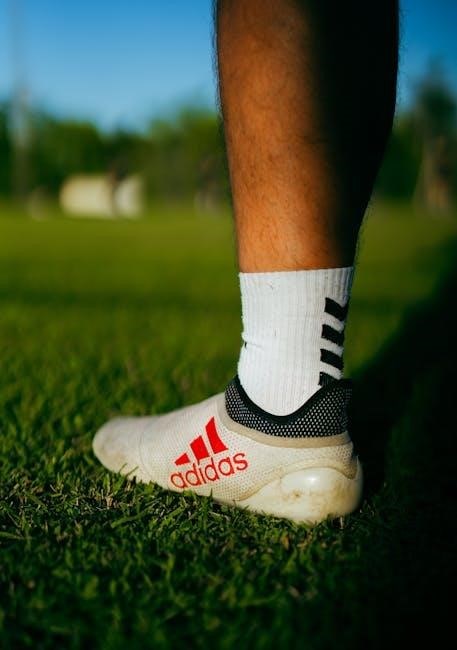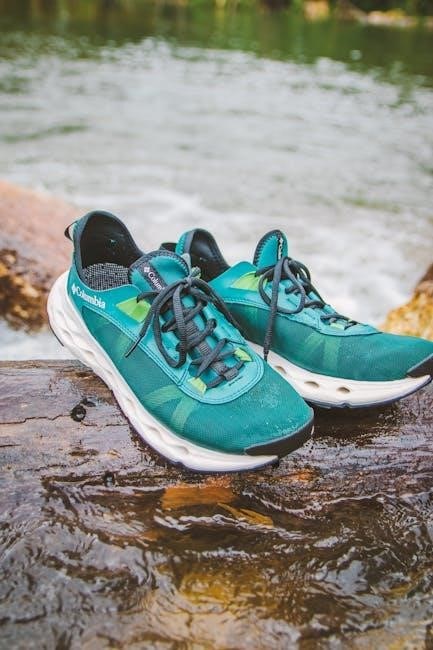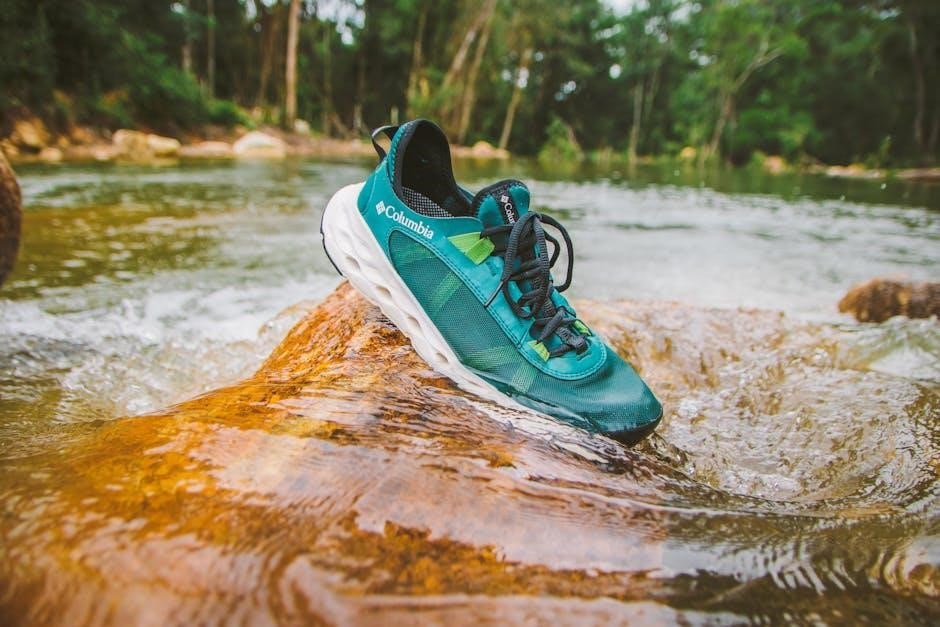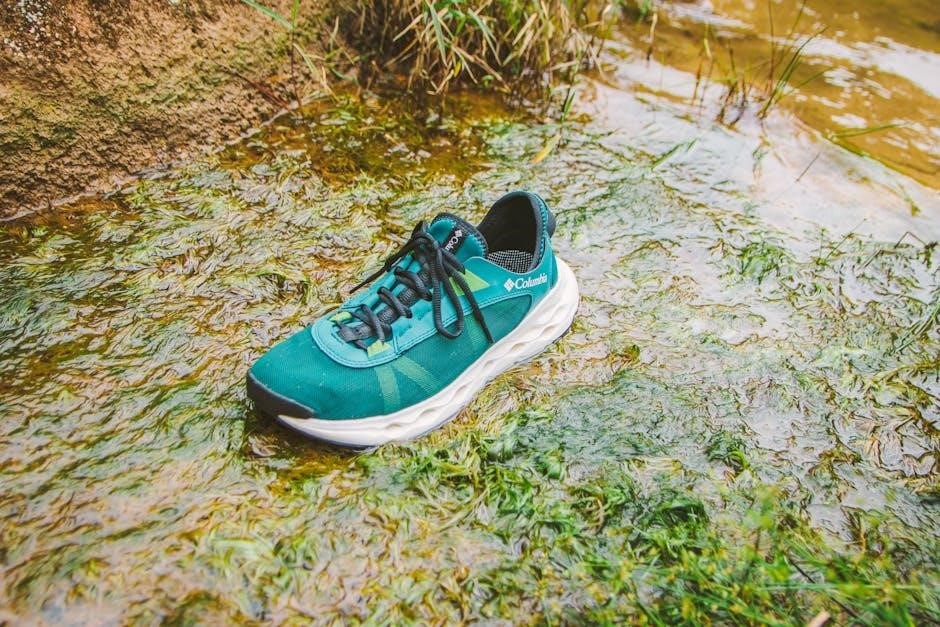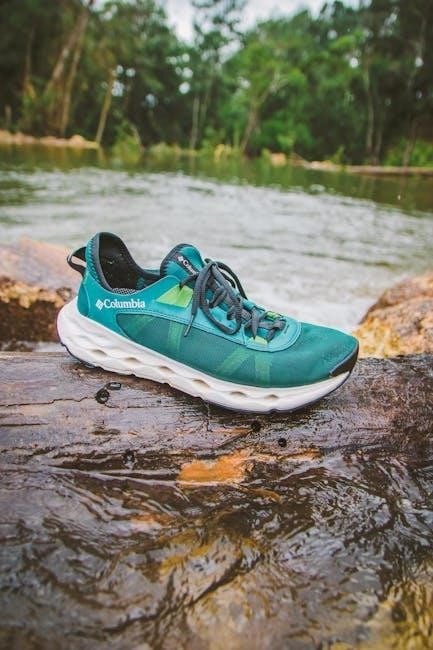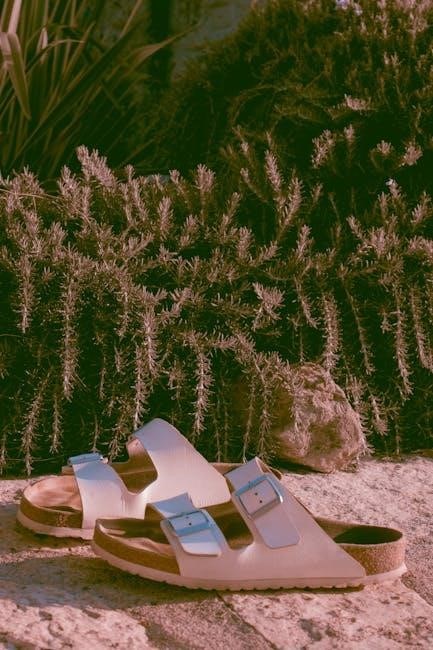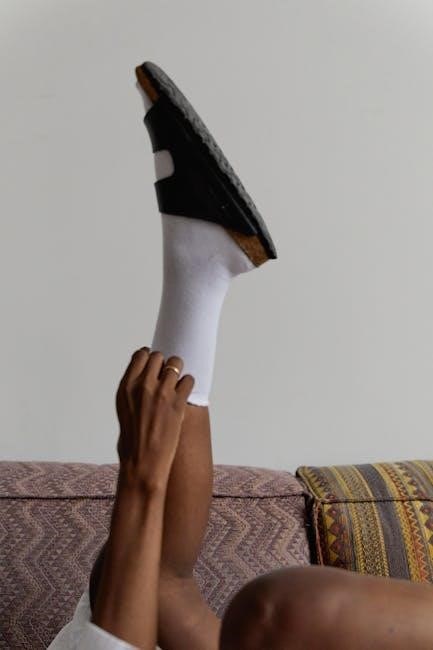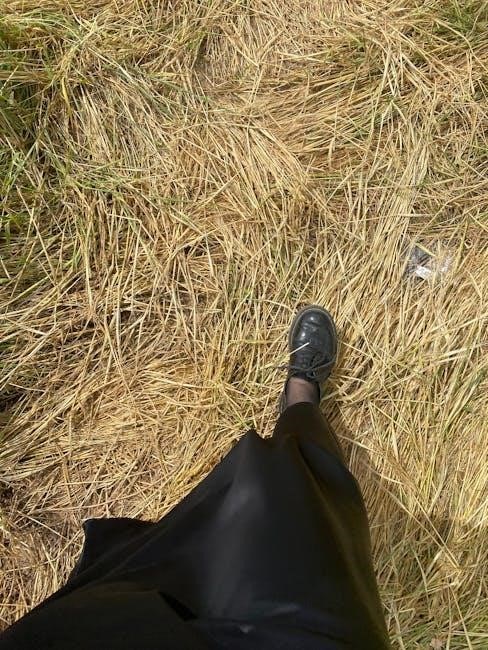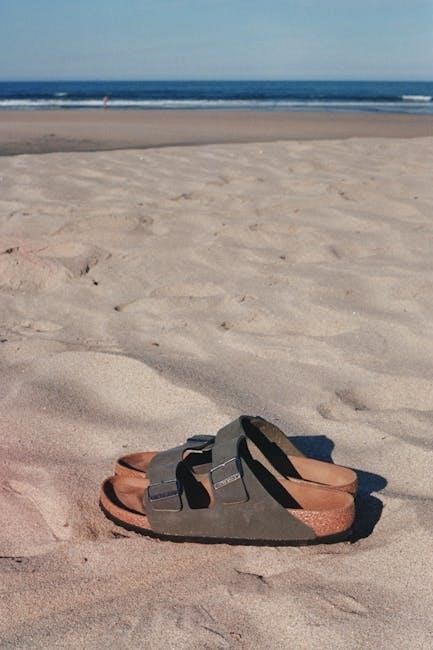Pontoon guides are essential tools designed to assist in loading and aligning pontoon boats onto trailers, enhancing stability and safety during transport. They are crucial for secure boat handling and minimize damage risk, especially in challenging conditions.
What Are Pontoon Guides?
Pontoon guides are specialized tools designed to assist boat owners in safely and efficiently loading and aligning their pontoon boats onto trailers. These guides typically consist of vertical posts or rails that mount to the trailer frame, providing a clear alignment point for the boat during loading. They are especially useful in challenging conditions, such as rough waters or strong winds, where precise alignment is difficult. Pontoon guides come in various styles, including fixed, adjustable, and roller-style options, each offering unique benefits like improved stability, reduced friction, and enhanced control. By minimizing the risk of damage or misalignment, they play a critical role in ensuring secure and stress-free boat handling.
Importance of Pontoon Guides for Boat Owners
Pontoon guides are vital for ensuring safe and efficient boat handling, particularly during loading and unloading. They provide stability and alignment, reducing the risk of damage to the boat or trailer. By guiding the boat onto the trailer accurately, they minimize the stress of docking, especially in challenging conditions like strong winds or rough waters. These guides also protect the boat’s finish by preventing scratches and abrasions. For boat owners, pontoon guides offer peace of mind, making the entire process easier and less labor-intensive. Their durability and corrosion-resistant materials ensure long-term reliability, making them an essential investment for maintaining the integrity and safety of both the boat and trailer.
Types of Pontoon Trailer Guides
Pontoon trailer guides come in fixed, adjustable, and roller-style designs, each offering unique benefits for loading and securing boats. They enhance stability and simplify the docking process.
Fixed Pontoon Trailer Guides
Fixed pontoon trailer guides are sturdy, non-adjustable posts designed to provide consistent alignment during boat loading. Constructed from durable materials like steel or galvanized tubing, they offer reliable stability and are ideal for small to medium-sized pontoon boats. These guides are typically mounted between the trailer’s frame and the pontoons, ensuring a secure fit. Their simplicity makes them easy to install and maintain, with no moving parts to worry about. While they lack the versatility of adjustable guides, fixed models are cost-effective and suitable for calm water conditions. They are a practical choice for boat owners seeking a straightforward, low-maintenance solution for routine loading and unloading. Their rigid design ensures consistent performance, making them a popular option for many pontoon enthusiasts.
Adjustable Pontoon Trailer Guides
Adjustable pontoon trailer guides offer flexibility and customization, allowing boat owners to tailor the guides to their specific needs. These guides feature adjustable height and width settings, making them suitable for various pontoon boat sizes and trailer configurations. Constructed from durable materials like steel or galvanized tubing, they provide excellent stability and support during loading and unloading. Their adjustability ensures proper alignment, reducing the risk of damage to the boat or trailer. Many models come with corrosion-resistant coatings, making them ideal for use in freshwater or saltwater environments. Adjustable guides are particularly beneficial for boat owners who frequently load or unload in different conditions or for those with multiple boats. Their versatility and ease of use make them a popular choice among pontoon enthusiasts seeking reliable and adaptable trailer guides.
Roller-Style Pontoon Trailer Guides
Roller-style pontoon trailer guides are designed to simplify the loading process by providing a smooth, rolling surface for the boat to glide onto the trailer. These guides reduce friction and minimize the risk of scraping or damaging the pontoons. Constructed from durable materials like galvanized steel, they offer excellent corrosion resistance and long-lasting performance. Many roller-style guides feature adjustable height settings to accommodate different boat sizes and trailer configurations. Their sleek design allows for easy installation and ensures secure alignment during loading. Ideal for boat owners who prioritize ease of use, roller-style guides are a practical solution for efficient and damage-free loading, even in challenging conditions like rough waters or strong currents.
The Ultimate Pontoon Boat Buying Guide
Discover the best pontoon boat options, considering size, features, and whether new or used suits your needs. Explore performance data and ownership tips for informed decisions.
Key Considerations When Purchasing a Pontoon Boat
When buying a pontoon boat, consider your budget, intended use, and the number of passengers. Decide between new or used, weighing factors like warranty, customization, and cost. Assess the size and features, such as seating, storage, and performance capabilities. Evaluate the construction quality, including materials and durability. Research brands and models, comparing performance data and user reviews; Consider additional costs like maintenance, insurance, and accessories. Ensure the boat fits your lifestyle, whether for fishing, entertaining, or cruising. Test drive options to gauge handling and comfort. Finally, negotiate the price and ensure all paperwork is in order for a smooth purchase experience.
Factors to Consider: New vs. Used, Size, and Features
When selecting a pontoon boat, consider whether a new or used model best fits your budget and needs. New boats offer warranties, customization options, and the latest features, while used boats are more affordable but may require inspections. Size is critical, as larger boats accommodate more passengers but require more storage and maintenance. Features like seating capacity, storage compartments, and performance enhancements should align with your intended use, such as fishing, entertaining, or cruising. Additionally, consider the materials and construction quality, as these impact durability and maintenance costs. Prioritize features that enhance your boating experience, ensuring the boat meets your lifestyle and preferences.
How to Load a Pontoon Boat onto a Trailer
Align the boat with the trailer, ensuring guides are properly positioned. Slowly back the trailer into the water, then carefully drive the boat onto it, securing firmly.
Step-by-Step Guide to Loading Your Pontoon Boat
Start by preparing your trailer and boat, ensuring the pontoon guides are securely attached. Align the boat with the trailer, using the guides to center it. Slowly back the trailer into the water until the boat floats. Gently drive the boat onto the trailer, guiding it with the pontoon guides to prevent misalignment. Once the boat is fully on the trailer, secure it with straps and tie-downs. Double-check all connections and ensure the boat is stable before transport. This method ensures safe and efficient loading, even in challenging conditions like rough waters or strong currents.
Preparing Your Boat and Trailer for Loading
Before loading, inspect the trailer and boat for damage or obstructions. Ensure the pontoon guides are securely mounted and aligned with the boat’s tubes. Lubricate the trailer’s rollers and hinges for smooth operation. Position the trailer in shallow water, making sure it’s level and stable. Attach safety straps to the boat and trailer to prevent shifting. Check the tire pressure and brakes on both the trailer and towing vehicle. Finally, test the trailer lights and ensure all connections are secure. Proper preparation ensures a safe and efficient loading process, reducing the risk of damage or accidents.
Aligning and Securing the Boat on the Trailer
Aligning your pontoon boat on the trailer requires precision to ensure safe transport. Start by guiding the boat straight onto the trailer, using the pontoon guides or rails for alignment. Once centered, secure the boat with straps or winches, ensuring even tension to prevent shifting. Double-check that the boat is properly positioned and balanced on the trailer. Tighten all straps and ensure the winch is locked. Finally, inspect the entire setup to confirm everything is secure and properly aligned. Regular inspections of the guides and straps are crucial to maintain safety and prevent damage during transit.
Choosing the Right Pontoon Trailer Guides
Selecting the right pontoon trailer guides ensures safe and efficient loading. Consider durability, adjustability, and corrosion resistance. Opt for guides made from sturdy materials like steel or PVC-coated frames to protect your boat during transport.
Features to Look for in Pontoon Trailer Guides
When selecting pontoon trailer guides, prioritize durability, adjustability, and corrosion resistance. Look for guides made from industrial-grade steel or galvanized materials to withstand harsh marine environments. Adjustable height and width features ensure compatibility with various trailer and boat sizes. Non-marking PVC coatings protect your boat’s finish during loading. Ease of installation is crucial, with U-bolt mounting brackets or universal fits simplifying the process. Additionally, consider guides with roller systems for smoother loading and minimal friction. Ensure the guides are suitable for your water conditions, whether freshwater or saltwater. Durable, rustproof finishes and sturdy construction are key for long-term reliability and safe boat handling.
Top-Rated Pontoon Trailer Guide Products
Top-rated pontoon trailer guide products include the Extreme Max 3005.3783 Heavy-Duty Guide-Ons, known for their sturdy steel frame and PVC coating. The CE Smith Pontoon Roller Guide-On offers a smooth rolling surface, ideal for minimizing friction. KUAFU Universal Boat Trailer Guide-Ons provide adjustable height and width, fitting various trailer styles. VEVOR Boat Trailer Guide Poles feature rustproof galvanized steel and adjustable width for precise alignment. Tie Down Engineering 86467 Guide-Ons are built for durability and corrosion resistance, with PVC-covered posts to protect your boat. These products are highly regarded for their reliability, ease of use, and ability to enhance loading efficiency, ensuring secure and damage-free transport of your pontoon boat;
Maintenance and Upkeep of Pontoon Guides
Regular cleaning and inspection of pontoon guides are crucial to prevent corrosion and wear. Protect them from environmental elements and replace worn parts promptly to ensure optimal performance and longevity.
Cleaning and Protecting Your Pontoon Guides
Regular cleaning and protection of pontoon guides are vital to maintain their functionality and durability. Start by washing them with mild detergent and water to remove dirt and grime. Avoid using abrasive materials that could scratch the surface. Rinse thoroughly and dry with a soft cloth to prevent water spots. Apply a marine-grade wax or UV protectant to shield against corrosion and fading. For metal components, consider a rust-inhibiting coating. Inspect guides after each use for signs of wear or damage. Lubricate moving parts periodically to ensure smooth operation. Proper care extends the lifespan of your pontoon guides, ensuring reliable performance during loading and transport.
Regular Inspection and Replacement of Worn Parts
Regular inspection of pontoon guides is crucial to ensure optimal performance and safety. Check for signs of wear, rust, or damage on metal frames, PVC sleeves, and mounting hardware. Inspect the guides after each use, especially in harsh environments like saltwater. Replace any worn or corroded parts immediately to prevent failure during loading or transport. Lubricate moving components periodically to maintain smooth operation. Clean and dry guides after exposure to water to prevent rust. Replace PVC covers if they show cracks or fading. Regular maintenance ensures your pontoon guides remain reliable and extend their lifespan, providing consistent support for your boat during loading and unloading.
Advanced Pontoon Boat Handling Techniques
Mastering advanced techniques for pontoon boats involves expert docking, maneuvering in rough waters, and handling strong currents with precision, ensuring safety and control in challenging conditions.
Docking and Undocking Your Pontoon Boat
Docking and undocking a pontoon boat requires precision and practice. Use guide rails or poles to align the boat with the trailer or dock, especially in windy or current-heavy conditions. When docking, approach slowly and use throttle bursts to maintain control. For undocking, ensure the boat is centered and secure before reversing. Guide rails can simplify the process, reducing the risk of damage or misalignment. Regular practice in calm waters helps build confidence and skill, making docking and undocking smoother and safer in all conditions.
Maneuvering in Rough Waters and Strong Currents
Maneuvering a pontoon boat in rough waters or strong currents requires skill and attention to detail. Use guide rails or poles to maintain alignment and control, especially when wind or currents push the boat off course. Reduce speed and make gradual turns to avoid losing stability. When facing strong currents, keep the bow pointed upstream to maintain directional control. Short, controlled bursts of throttle can help reposition the boat without losing traction. Practice in calm conditions first to build confidence, then gradually challenge yourself in rougher waters. Guide systems can significantly improve handling, making navigation safer and more manageable in adverse conditions.
Pontoon Boat Accessories for Enhanced Functionality
Pontoon boat accessories like guide rails, bumpers, and ladders enhance control, protection, and convenience. These additions improve docking, stability, and overall boating experiences, ensuring safety and comfort.
Essential Accessories for Pontoon Boat Owners
Essential accessories for pontoon boat owners include guide-ons, bumpers, fenders, and ladder systems. Guide-ons enhance loading accuracy and stability, while bumpers and fenders protect the boat during docking. Ladder systems provide easy access for swimmers and divers. Additional accessories like storage compartments, lighting, and seating upgrades can customize the boat for comfort and functionality. These items not only improve the boating experience but also ensure safety and convenience. Investing in high-quality accessories tailored to your needs can significantly enhance your time on the water, making every trip more enjoyable and stress-free.
Customizing Your Pontoon Boat for Optimal Performance
Customizing your pontoon boat with the right accessories can significantly enhance its performance and functionality. Adding guide-ons, ladder systems, and upgraded seating can improve ease of use and comfort. Installing storage compartments and organizers helps keep essentials within reach. Upgrading lighting systems, such as LED lights, can improve visibility and ambiance. Additionally, modifying the boat’s layout or adding a bimini top can provide shade and protection. These customizations not only personalize your boat but also ensure it meets your specific needs for fishing, entertaining, or relaxation. By tailoring your pontoon boat with thoughtful upgrades, you can maximize its potential and enjoy a more enjoyable and efficient boating experience.
Pontoon guides are vital for safe and efficient boat handling, ensuring stability and minimizing damage. Proper selection and maintenance of guides enhance overall boating experiences and performance.
Final Thoughts on Pontoon Guides and Boat Ownership
Pontoon guides are indispensable for boat owners, offering stability, safety, and ease during loading and transport. They protect your investment by preventing damage and ensuring secure alignment. When selecting guides, prioritize durability, adjustability, and corrosion resistance to suit your boating environment. Regular maintenance, such as cleaning and inspecting for wear, extends their lifespan. Investing in high-quality guides enhances your overall boating experience, providing peace of mind and efficiency. Whether you’re a seasoned owner or a first-time buyer, pontoon guides are a crucial accessory for optimal boat handling and longevity. They truly are a cornerstone of responsible and enjoyable boat ownership.









